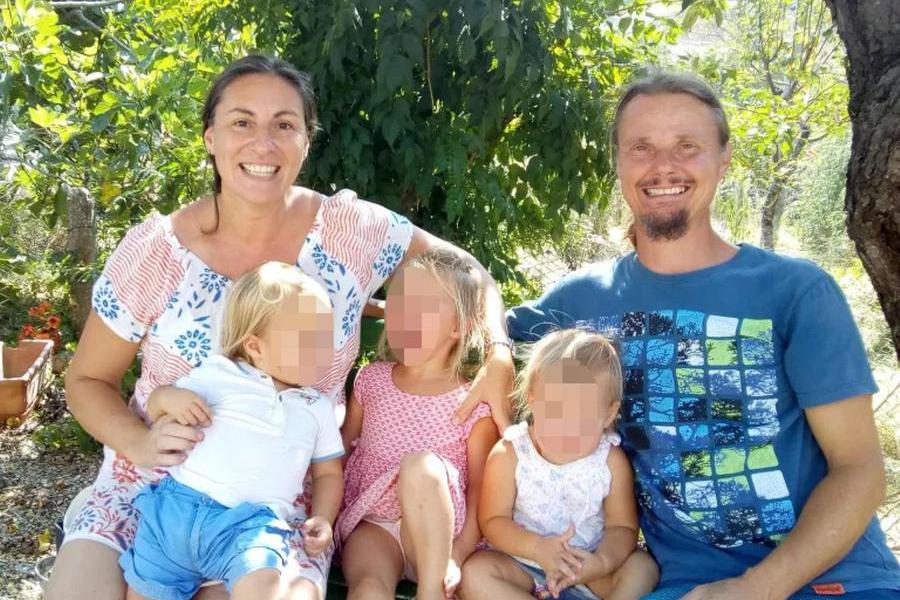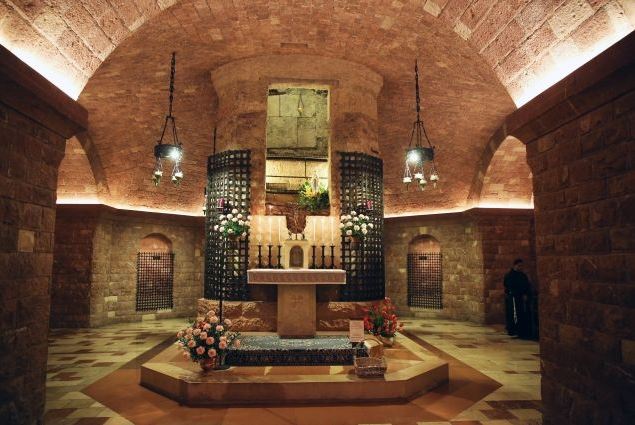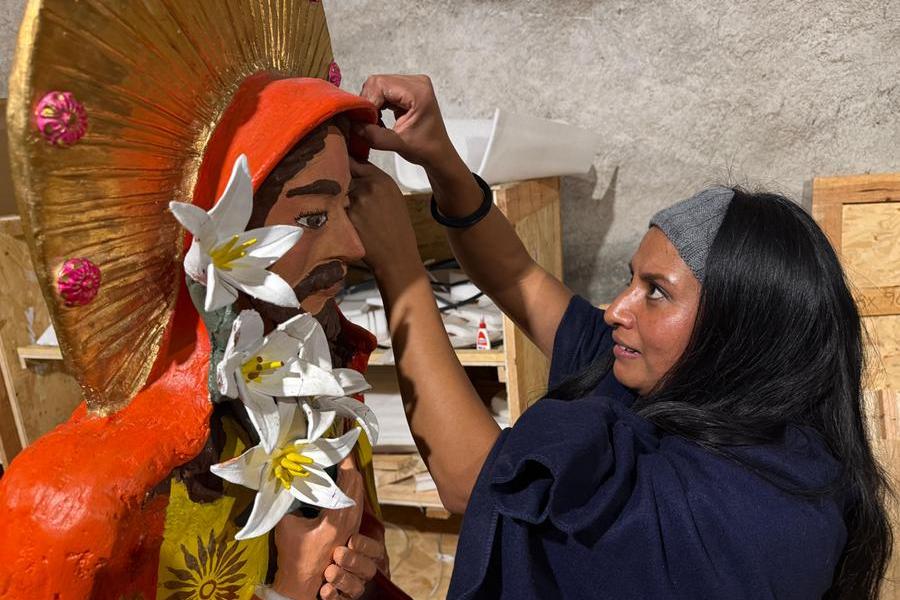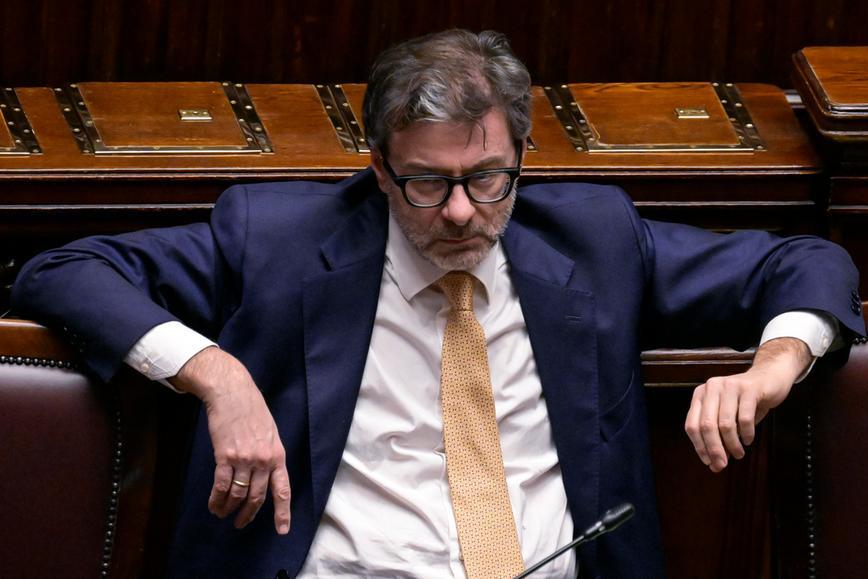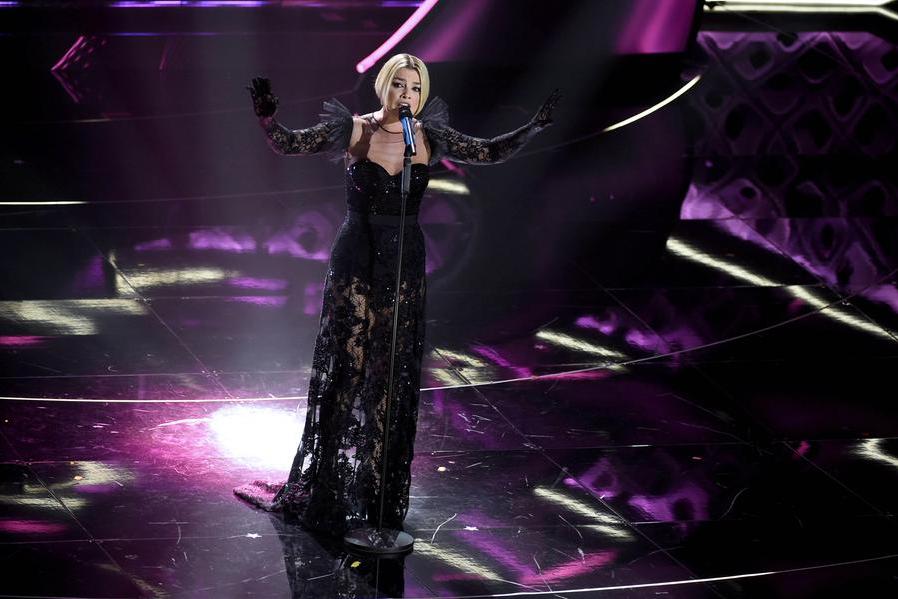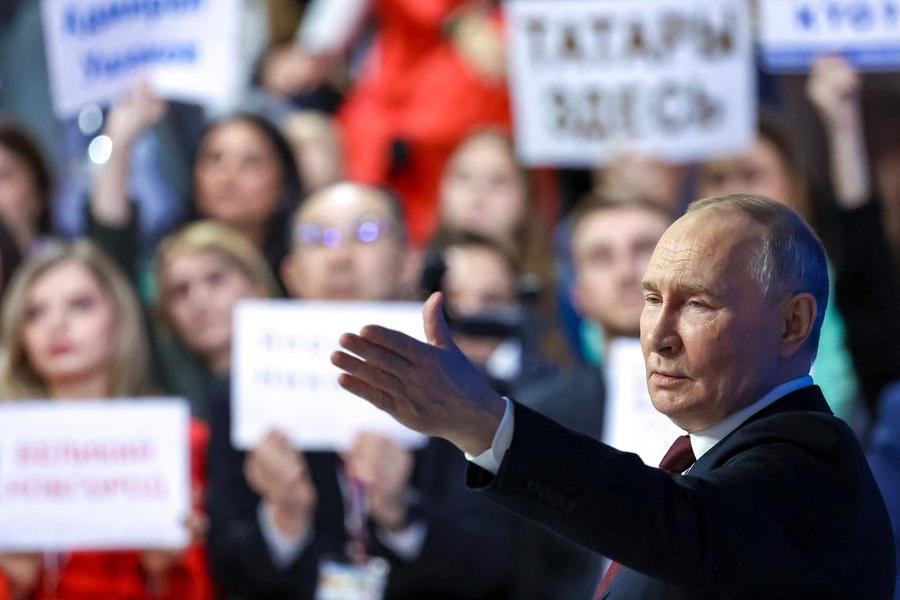In the path of the eighth centenary of the death of St. Francis (1226-2026), an event of historical scope is preparing to welcome pilgrims from all over the world. The official announcement, on 4 October, the day of the feast of the patron saint of Italy, from the loggia of the lower square, in front of the pilgrims gathered for the celebrations.
For the first time, the body of St. Francis will be visible to everyone, an extraordinary gift, a profound invitation to prayer and an opportunity to see the Gospel of Christ lived to the end in the life of a person like us.
This ostentation, rooted in the evangelical theme of the seed that dies to bring fruit into love and fraternity, invites us to consider the life of the saint, which continues to bring fruit after 800 years and inspire the whole humanity on the way of peace, fraternity, service to the last, joy and care of creation.
A historical event for the eighth centenary of the saint’s death
“The eighth centenary of the death of St. Francis”, explain the friars of the Sacred Convent of Assisi, “in 2026, is a time of memory and renewal. We do not celebrate death, but by recognizing it “sister” with St. Francis, we celebrate the life that blooms starting from the gift and from the self -ery. As Jesus taught us, the life of Francis, donated for love to Christ and to the brothers and sisters he met, is a seed thrown into the earth that continues to generate fruits of peace, faith and love. It is in this spirit that, thanks to the approval granted by the Holy Father Leone XIV through the Vatican Secretariat of State, the public overblocking of its fatal remains will be carried out. From 22 February to 22 March 2026, the Basilica of San Francesco in Assisi will keep an unveiled treasure. It will be a unique opportunity to stop in prayer in front of the remains of the one who has been called the “alter Christus” because he was an authentic image of Christ, the living mirror of the Gospel. An experience that calls us to recognize how the gift of ourselves in love, while it consumes us, when she lived in union with Christ, becomes the transition to the fullness of life, which is communion with God the Father and with all humanity for the action of the Holy Spirit- Love, principle and completion of the unity. The body of St. Francis will be moved from his tomb, located in the crypt, and deposed at the foot of the papal altar of the lower church of the Basilica of San Francesco ».
The burial of St. Francis: a history
The story of the tomb of St. Francis is itself a story of faith and devotion. After his death, the body was made inaccessible below the greatest altar of the Basilica to prevent any breakdown. He was hidden for centuries, until, after a long and dieding research, he was finally found on the night between 12 and 13 December 1818. The first U $ reconnaissance took place in 1819, confirming the identity of the paves of the poor woman. Since then, other reconnaissance have made it possible to study and preserve this precious body. That of 1978, in preparation for the 750th anniversary of his death, and the most recent in 2015, have obtained new scientific knowledge, but above all they have renewed the certainty that that body, consumed by the disease and stigma, is a powerful sign of the love that animated it.
How to participate, reservations and methods
The A ffl Uso of Pellegrini foreseen in Assisi will be imposing, with thousands of people expected from all over the world. To guarantee each one a collection and significant experience, a free and compulsory online booking system was prepared on the centenary website: www.sanfrancescovive.org prepared both in Italian and English. This will allow you to manage the flows and to be able to every single faithful, family or group a moment of quiet and ordered veneration.
The veneration of the saint’s body will be a path accessible to everyone, designed to encourage personal and community encounter. The veneration can be lived in two ways (which must be chosen at the time of booking) depending on the time slots: A. In groups and accompanied by a friar: he will accompany the people (gathered according to criteria of linguistic uniformity) with a short meditation, helping to grasp the spiritual sense of the experience. B. Individually: a moment of personal and silent prayer. The experience of accompanied veneration will be available in different languages: Italian, English, Spanish, German and Polish (for other languages, a specific request will have to be made by email to [email protected] at the end of the veneration path, a short liturgical rite will follow and each participant will receive a gift, sign and tangible memory of this meeting, from the community of the friars. To encourage the participation of people with motor disabilities with motor disabilities. However, it is necessary to indicate the presence of people with motor disabilities, partial or blind celebrations and welcome to enrich the experience of the pilgrims in the upper church of the Basilian of the Basil of San Francesco, in the free and compulsory book Secular Franciscan, people with disabilities.
“The ostention of the body of St. Francis – said Fra Giulio Cesareo, ofmconv, director of the communication office of the Basilica of San Francesco in Assisi – is not only a devotional event, but a powerful message for believers and for our society as a whole. It reminds us that from a life donated an unexpected fruitfulness can be born. Francesco lives, and his spirit continues to operate among us, calling us to be manufacturers of peace, custodians of creation and witnesses of a love that does not die. Let’s prepare to live together this extraordinary moment of grace, to let us inspire once again by the life and the person of Francesco d’Assisi ».


